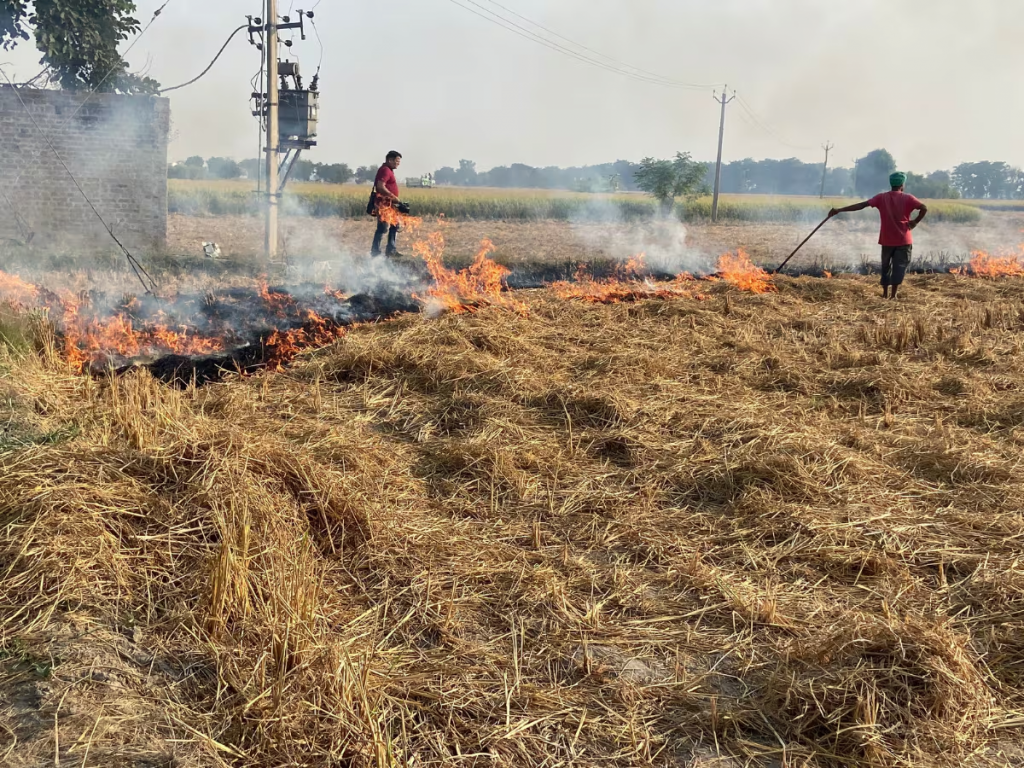Despite the Supreme Court’s criticism of the Haryana and Punjab governments for not adequately addressing stubble burning, several instances of the practice have been reported in areas like Kaithal district and along the Karnal-Jind road on Friday. In Punjab, stubble burning was also observed in Hardo Putli village in Amritsar and Handiaya village in Barnala.
This practice, which involves burning crop residues in fields, significantly contributes to air pollution, releasing hazardous smoke that severely impacts air quality. On October 23, the Supreme Court rebuked the governments of Haryana and Punjab for their inaction on stubble burning and emphasized that every citizen has the fundamental right to a clean, pollution-free environment. The court, comprised of Justices Abhay S Oka, Ahsanuddin Amanullah, and Augustine George Masih, expressed disappointment over the lack of prosecution against individuals responsible for stubble burning, noting that only minimal fines were being imposed in some cases. They emphasized that if the state governments were genuinely committed to enforcing the law, more prosecutions would have occurred.
As the court prepares to revisit the air pollution matter after Diwali, it plans to examine other pollution sources, such as transportation in Delhi, industry emissions, heavy truck entries, and open garbage burning. In response to the air quality concerns in the Delhi-NCR region, Haryana Chief Minister Nayab Singh Saini announced that the state is offering farmers Rs 1,000 per acre as an incentive for not burning stubble, with plans to possibly increase this amount. He noted that his government is providing resources for effective stubble management, and emphasized that the Supreme Court had previously recognized Haryana’s initiatives.
On October 21, farmers in Punjab urged the government to seek a long-term solution for stubble burning, stating that they feel compelled to resort to this practice.
